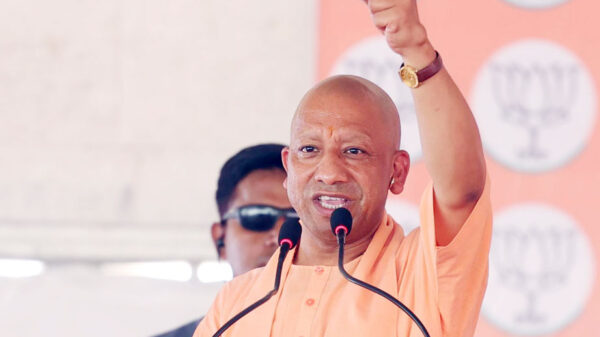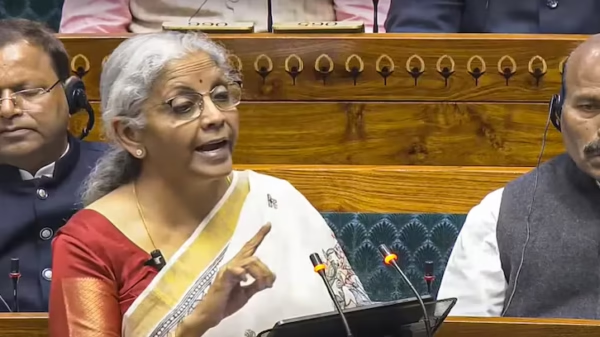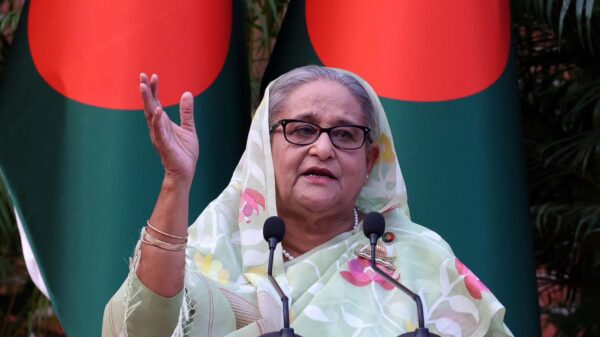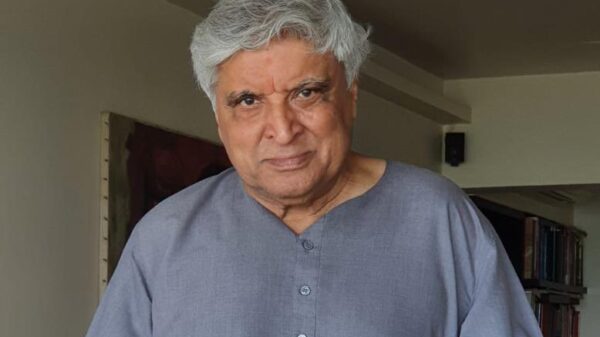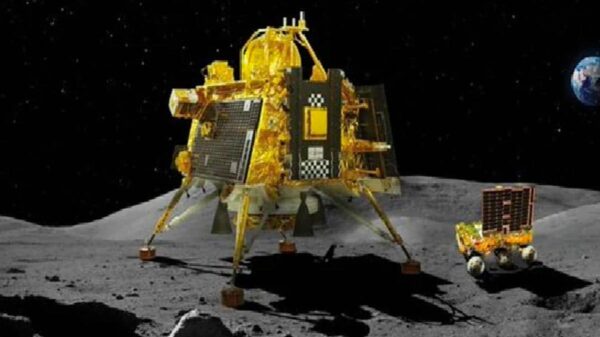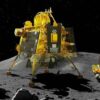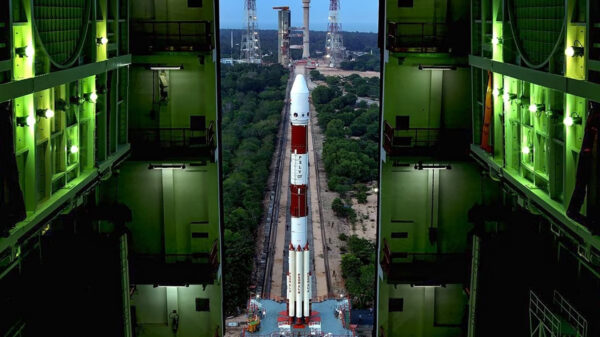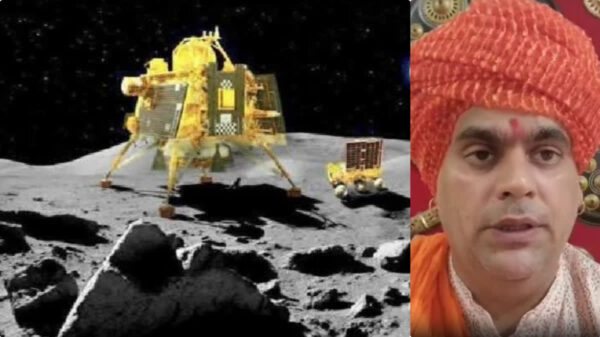India has officially joined the ranks of space-faring nations that have successfully executed a soft landing on the moon. Today, the Chandrayaan-3 spacecraft accomplished a historic milestone by safely landing a rover on the lunar surface, marking an extraordinary leap in lunar exploration. This remarkable feat has propelled India into an elite group that includes the erstwhile Soviet Union, the United States, and China, as the only nations to have achieved soft landings on Earth’s celestial neighbor.
Chandrayaan-3’s landing took place near the moon’s South Pole, an uncharted territory that no spacecraft has ventured to before.
Prime Minister Narendra Modi hailed this achievement as a transformational moment that will reshape our understanding of the moon and its enigmatic characteristics.
The journey to this groundbreaking achievement was not without its challenges. Previous attempts by various nations encountered setbacks and failures. The Soviet Union’s Luna-2, back on September 14, 1959, became the first human-made object to collide with another celestial body, marking a significant milestone in space exploration.
Meanwhile, NASA’s journey to the moon was marked by perseverance and dedication, with Ranger 7 finally transmitting 4,316 images before its controlled impact on the lunar surface, aiding in the identification of safe landing sites for the Apollo missions.
China’s Chang’e Project embarked on an exploratory path, generating detailed lunar maps through orbiter missions, which paved the way for successful soft landings and rover operations. Chang’e 3 and 4, along with the Chang’e 5 mission, added significant chapters to lunar exploration, culminating in the retrieval of lunar soil samples.
India’s own journey to the moon began with the launch of Chandrayaan-1 on October 22, 2008. This spacecraft, positioned in a 100 km circular orbit around the moon, conducted an extensive chemical, mineralogical, and photo-geologic mapping of the lunar surface. Though communication with the spacecraft was unfortunately lost prematurely, a decade later, Chandrayaan-2 was launched on July 22, 2019, with an orbiter, lander, and rover aboard.
Despite a software glitch leading to an unsuccessful landing on September 6, 2019, India’s undeterred spirit persisted. Today, Chandrayaan-3 has achieved what once seemed unreachable—touching down softly on the moon’s surface, setting a new precedent in lunar exploration.









